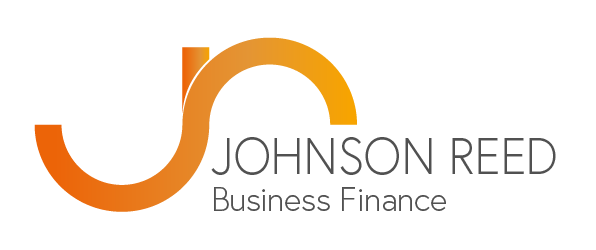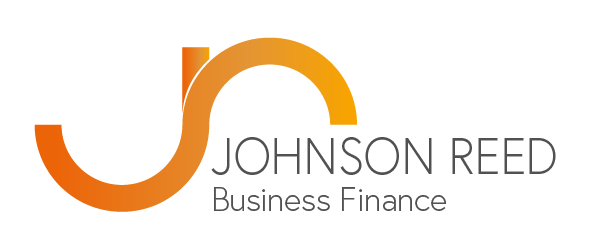Johnson Reed recently published a FAQs post on the Coronavirus Business Interruption Loan Scheme, click here to read.
This post is, in addition to existing support, to further update clients on the status of the Scheme, and what it means for businesses, as well as how it can or cannot be accessed. As with most situations during the pandemic, these measures are unprecedented and have therefore gone through various stages of changes and scrutiny, some of which may be justified.
Some key points to consider:
- CBILS offerings and criteria differ substantially from lender to lender, it is worth carefully reviewing different offerings and ensuring you’re comparing companies based on similar criteria
- All lenders will require borrowers to be responsible for repayment of 100% of the loan facility – not just the 20% that is not guaranteed by the government. Where defaults occur, lenders will follow standard commercial recovery processes, therefore despite a possible belief, CBILS is by no means a grant or “free money”
- Borrowers will be asked for a lot of financial information and they should engage fully with their advisors/accountant as quickly as possible. Johnson Reed will make this easier, advising as is necessary
- An important point that may have been missed is that CBILS are limited to:
-
- A maximum of 25% of 2019 turnover or
- Twice the annual wage bill – whichever is greater.
Johnson Reed is committing to helping businesses where possible, and will announce further measures of support as and when they become available.
What is the latest?
Some very clear messages are coming out from banks and lenders of how the scheme is being operated.
The key message we’re hearing from our contacts at lenders is that they are asking themselves “Would I lend to this businesses if it weren’t for the pandemic?”
Therefore businesses need to be viable and sustainable, ensuring that lenders would still want to do business regardless.
Important considerations for businesses interested in CBILS:
- Accurate and timely income and cash flows for 2019, reflecting the strength of the strength of the business
- A clear explanation for any expenses that reduced income or profitability in 2019
- Clear representation of affordability in a steady-state economy
Companies making a loss are unlikely to be able to access the scheme given the criteria above and our experience of the scheme, in addition lenders are cautious of seasonal businesses.
It is strongly advised that businesses looking to borrow start with their current business finance provider, as lenders will prioritise existing clients due to the number of applications being received.
However, CBILS is not the only business finance option available, businesses should consider other alternatives where this facility is not available.
Further information
- Lenders require comprehensive information
- Complete applications will take priority over incomplete applications requiring further information
Basic information to have to hand:
- Account and reference details if you are already a business borrower with the bank
- Three years address history for each of the directors/partners applying for funding
- Personal details of all the partners and directors of the business (including their home addresses for the last three years)
- Ideally up-to-date asset and liability forms for each of the partners and directors
- Correct business details including company registration number and registered address
- Last two years filed accounts
- The most up-to-date management information you have
- A full schedule of finance and hire purchase commitments (including current balances, repayment commitment details and expiry dates)
- Give permission to credit checks
Lenders may want an update on the effect of Coronavirus on the business, such as:
- An update on the performance of the business prior to COVID-19
- Previous 12 months performance of the business, such as management accounts and audited accounts for 2019
- A clear explanation of the impact of Coronavirus on your business
- A clear plan of action as to how you will mitigate the impact of Coronavirus on your business
- Cash flow forecasts over the next 12 months and the amount of debt you are seeking
- Any key assumptions or risk factors which may impact the above
- The extent to which you’ve explored other areas of funding or government support

